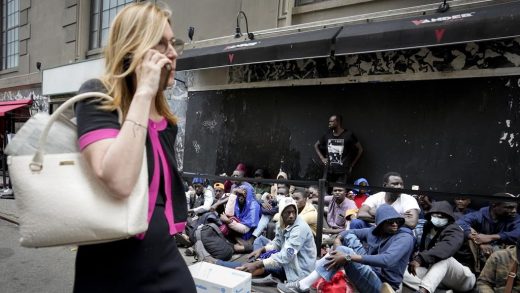
Improvements to the public transport route between Karori and the city are set to get underway, as part of the Let’s Get Wellington Moving project that aims to transform how Wellingtonians get from A to B.
Papers going to the Wellington City Council Planning and Environment Committee this Thursday show that construction could begin on the first significant tranche of works in January .
“I’m really pleased to see the progress but it has taken six years to get here since the flyover debacle,” said chair of the committee Iona Pannett as she called for more ambitious targets to reduce pollution and getting more people out of private vehicles. Committee members will this week vote on pressing go on the first set of works.
This first set of notable works are just a drop in the ocean with only $10 million budgeted for them. The wider Lets Get Wellington Moving (LGWM) project – a joint project between the Government and Wellington’s city and regional councils – has a $6.4 billion budget.
READ MORE:
* We’ll never get Wellington moving at this rate
* Wellington’s traffic problems could harm economy – truckies
* External consultants called in to review Let’s Get Wellington Moving programme, including its ‘people and culture’
LGWM emerged in 2016 in the wake of a failed bid to help solve Wellington’s traffic woes with a flyover around the Basin Reserve.
But the project has been bogged down since and a report in 2021 found the project was “at risk of failing to deliver”, and needed to be paused so major problems including under-resourcing, staff shortages, and a lack of leadership could be addressed.
Supplied
Letâs Get Wellington Moving is a joint initiative tasked with developing transport systems for the city that support growth and make it easier for residents to move around, while tackling carbon targets.
So far the project has reduced speed limits in the central city and on the route from the Mount Victoria tunnel to the airport. There have also been improvements at the intersection of Whitmore/Featherston St s and Whitmore/Stout Sts. Work at the intersection of Vivian/Willis Sts is underway.
These initial works were described as “targeted improvements” with low costs, easy to implement, and with “with benefits known to outweigh costs”, council papers say.
Dave Dunlop from LGWM said the tranche of work due to start in January would include 34 improvements on the route to Karori, such as better access to bus stops, including crossings and bus lane alterations, and 49 others dotted all around the city. The whole programme of 83 improvements should be complete by 2024.
LGWM
There are 34 projects to improve public transport on the city-to-Karori route, and 49 others dotted all around the city, shown geographically here.
The Karori-to-city corridor was “such an important route”, and feedback from councillors meant it had been prioritised. Dunlop said they were anticipating work would begin early next year.
Some of them “may seem small, but they’re very important for people with disabilities, or small children”, Dunlop said.
“Whilst this is a modest programme in terms of budget, the targeted improvements interventions will contribute to LGWM partners aspirations for moving more people with fewer cars by improving the attractiveness of walking, cycling and public transport.”
Mayor Andy Foster said it was a complex project that will shape the city for generations to come, and it was important that time was taken to get it right.
“Approval of these targeted improvements will allow them to move into the next design phase, with construction planned to start in 2023.
“It will be great to get shovels in the ground to implement this series of easily-implementable interventions that will enable people to move around the city quicker and easier using public transport.”


